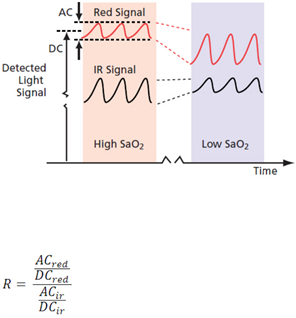Hello, everybody. I work with Pulse Oximeter and Heart-Rate Sensor MAX30100 from Maxim Intergarted. I get raw data from sensor, but don't find an algorithm, how to compute heart rate and SPO2 level. Can anybody help me? I will be grateful for C code.


